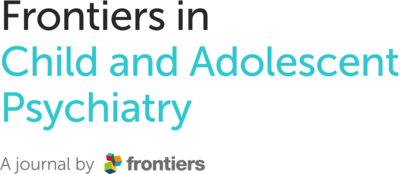UNDERSTANDING AND TREATING AUTISM SPECTRUM DISORDERS (ASD): ETHOLOGY, EVOLUTION AND EARLY DEVELOPMENT
November 13-17, 2025
Erice, Sicily, ITALY
Workshop Organizers

Costanza Colombi (Department of Developmental Neuroscience, IRCCS Fondazione Stella Maris, Pisa, Italy)
Paola Palanza (Università di Parma)
Stefano Parmigiani (Università di Parma)
Martin Brüne (Ruhr-University Bochum)
Purpose of the Workshop

Prevalence of Autism spectrum disorder (ASD) is increasing internationally with an estimate of 1:36 in the USA. While such increase can be partially explained by awareness and expanded diagnostic criteria, the interaction between genetics and modern environment is likely contributing as well. Evidence suggests that, in children later diagnosed with ASD, brain and behavioral atypicalities emerge during the first year of life and probably during prenatal development as well, a time when brain plasticity is at its maximum level. Research suggests that during the first months of life early ASD prodromes are identifiable in the areas of attention, social interaction, communication, and motor development. Pre-emptive intervention for infants with ASD prodromes during the first phases of life was shown to improve outcomes, in comparison to later starts, by supporting developmental skills, reducing ASD symptoms and, in some cases, preventing the full-blown symptoms of ASD. Despite these accounts, intervention usually starts significantly later in development, once the diagnosis is established and thus missing the window of enhanced brain plasticity. There is an urgent need for a paradigm shift in clinical practices related to ASD risk identification and intervention. More research is needed to shed light on prenatal and postnatal prodromes and risk factors in order to best intervene as early as possible. The purpose of the present workshop is to give an overview of the “state of the art” of early develoopment, identification and intervention in infants with ASD prodromes, as well as discuss future steps to increase the understanding of brain and behavioral atypicalities in ASD in order to finetune clinical practices. This aim will be achieved by interdisciplinary discussion between ethologists, biologists, primatologists, psychologists, neurologists, and psychiatrists.

